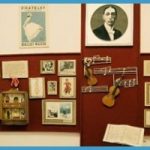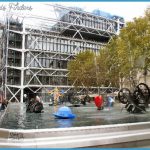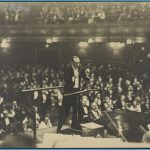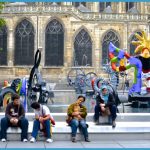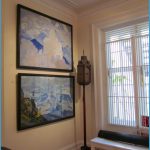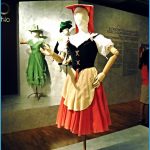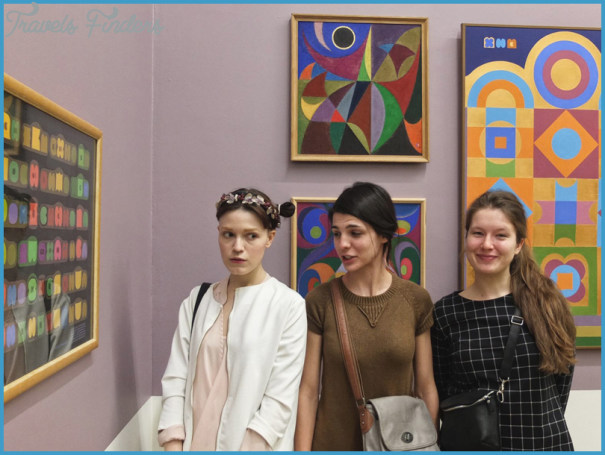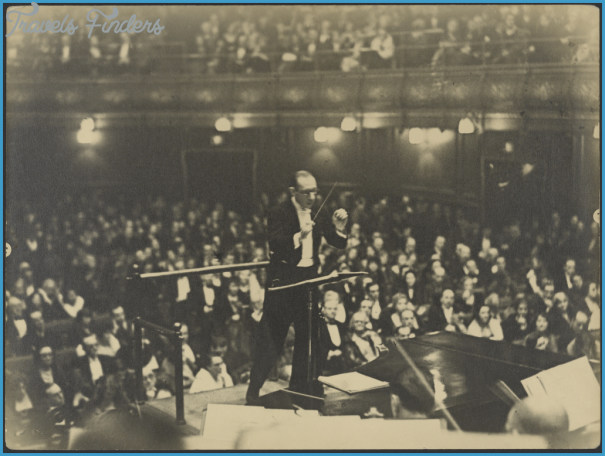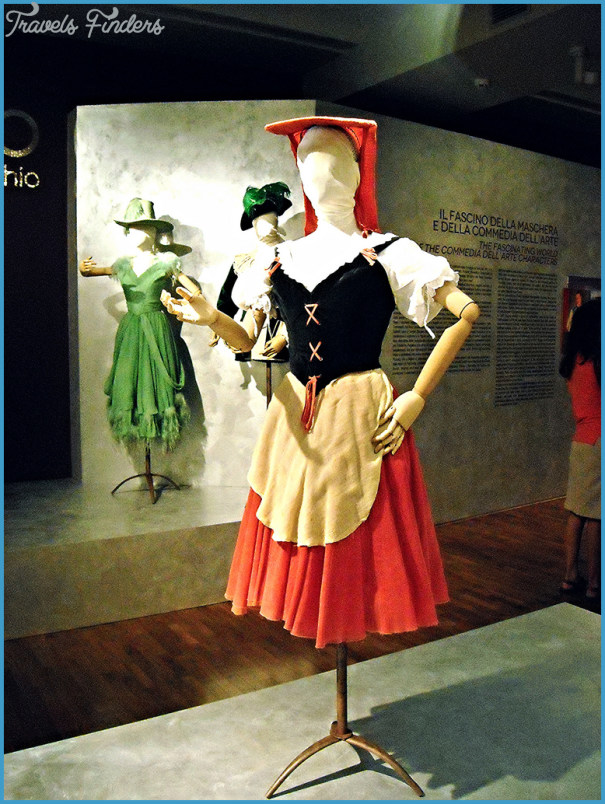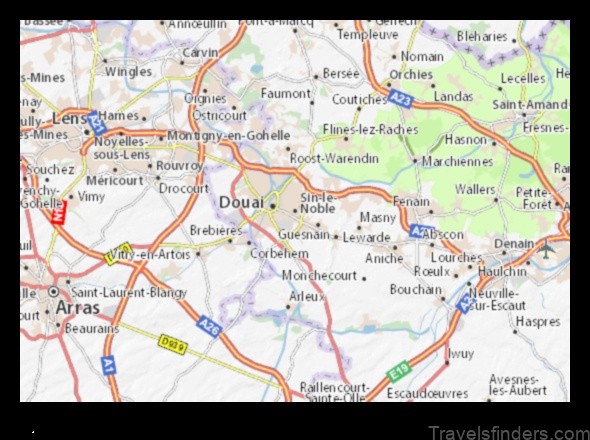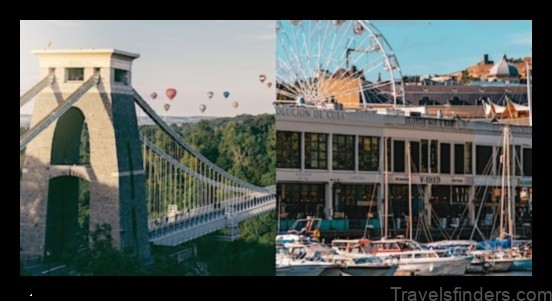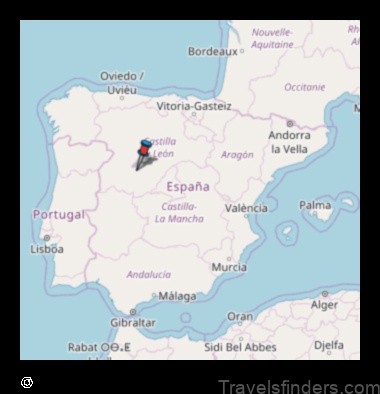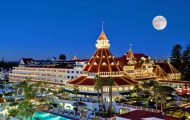STRAVINSKY MUSEUM
Igor Stravinsky spent several years in Switzerland, many in Paris, and most of all in the United States, where he died in 1971. And he is buried in Italy. But his early years, up to 1914, were of course spent in his native Russia, and that – or to be exact in Ukraine, then part of the Russian Empire – is where he is commemorated. There is no commemoration at his birthplace in Orianenbaum (now Lomonosov), where the dacha in which he was born in 1882 was pulled down in the 1930s to make way for an electricity substation, while in St Petersburg the family flat on the second floor at Kryukov Canal 66 became a communal apartment in Stalin’s time and remains one now – and the plaque noting its site marks the wrong part of the block.
STRAVINSKY MUSEUM Photo Gallery
Stravinsky did however have a summer home during his adult years. This was at Ustyluh, in Volynia. In the 1880s Gavriyil Nosenko, a doctor in Kiev, whose wife was Stravinsky’s aunt, bought an estate there, formerly the property of the Lubomirsky family. As a boy Stravinsky often stayed there in the summers from 1889 onwards, and found the atmosphere agreeable: at home, he had a severe father (Fyodor Stravinsky, a leading bass singer at the Mariinsky Opera) and three brothers; the Nosenkos had two daughters and there were often girl cousins present too. Stravinsky enjoyed the summers of swimming, tennis, drawing, sketching and amateur theatricals. And one of his cousins was Yekaterina, or Katya: on his first visit there he was eight and she was nine, and from their first hour together they knew, he later said, that they would marry.
He got to know her better around the turn of the century; in 1905 they became engaged and the next year they married. Katya’s sister and her husband Grigory Belyankin, a marine engineer, now lived in Ustyluh, in a house on the site of the old Lubomirsky palace (today a hospital), and in 1907 the Stravinskys decided to build their own, a short distance away, overlooking the river. Ustyluh (Uscilug to the Poles, Ustilog to the Russians, and Oustiloug as later spelt by Stravinsky) lies on the Ukrainian-Polish border, at the confluence of the Buh (or Bug) and the Luha (or Luga), about 85 km west of Luts’k, 135 south-east of Lublin. It was a small and poor town, reckoned at 1666 inhabitants in 1880 but 4000 by 1909, a large majority Jewish; the Nosenkos were good landlords and provided a hospital, a school and other services. The peculiarities of this house’, Stravinsky wrote, which was built according to my own plan, were two fireplaces with chimneys and the balcony facing the river’. The entrance was through a wooden porch. A Polish traveller described it in 1939 as whitewashed, hidden in the greenery of young trees . . . it resembled a gamekeeper’s lodge’. Called Staraya Miza’ (‘The Old Farm’), it is said to be modelled on a Swiss chalet. Most of the ground floor was taken up with a large, lofty room; above it, reached by a broad staircase, was a long, bright attic – large enough to take the Bechstein grand that Stravinsky brought from St Petersburg -which, isolated from the rest of the house, would have provided the seclusion he needed for composing. During his five summers there he worked principally on the Funeral Song for Rimsky-Korsakov, the revision of Fireworks, Zvezdolikiy (‘King of the Stars’), The Nightingale, some songs and parts of The Rite of Spring, of which the opening theme came to him one day in Ustyluh just before he was leaving for Switzerland; the Russian critic Viktor Varunts associates it with the long country view from the balcony across the river. Stravinsky was last in Ustyluh in 1914, when he collected material for Les Noces. In World War I the Luha formed for a time the Russo-German front line and the town suffered during an offensive in August 1915. After the war Volynia was assigned to Poland and local farmers moved into the Stravinsky estate; later it was bought by a retired judge and fell into disrepair. In World War II the area was again fought over and the town was damaged by fire. It is clear from surviving pictures that the house was partly destroyed, but the fact that the unusual, irregular disposition of the seven ground-floor windows remains (Varunts parallels them with the rhythms of The Rite) may indicate that only the upper part was affected. In the present barrack-like Stravinsky’s summer home at Ustyluh building, erected in the 1950s, the high pitched roof with dormer windows has given way to a conventional one, and there is no longer a lofty main room. The avenue of lime trees that Stravinsky himself planted however still flourishes.
The building is now a music school, but in 1994 the Volyn Regional Administration of Culture and the Volynian Regional Museum opened a Stravinsky museum there. The four rooms are chronologically organized, giving an illustrated account of Stravinsky’s life. In the first room the family is commemorated, especially his father and his son: the father as singer, with copies of pictures from his album, some of them self-portraits, showing him in such roles as Varlaam and Mephistopheles, along with playbills of his performances and family photographs; the son, also Fyodor (or Theodore, 1907-88), as an artist and designer, who is represented by a print of one of his pictures which he sent on learning that the museum was to be set up.
Stravinsky’s Russian years are covered in the second room, with photographs of his family at Ustyluh and of Stravinsky and his colleagues working on The Nightingale; there is material on the three great ballets of 1910-13 and a section on the influence of Russian folklore on his music, with memories of local people old enough to remember Stravinsky in those years. The third room recreates, as closely as can be done, the ambience of a room there in Stravinsky’s time, with a gas lamp, a small table, candlesticks and an armchair, arranged as the contemporary photographs indicate. The final room displays cover his triumphal return to Russia in 1962, with playbills, programmes and photographs.

